(NLDO) - NASA believes that areas with terrain magically "sculpted" by dust and water ice like Mars' Terra Sirenum may be hiding life.
A new study published in the scientific journal Nature Communications Earth & Environment suggests that tiny creatures could find suitable shelter near the surface of some regions on Mars today.
"If we're trying to find life anywhere in the universe today, the ice fields on Mars are probably one of the most accessible," said lead author Aditya Khuller from NASA's Jet Propulsion Laboratory (JPL).
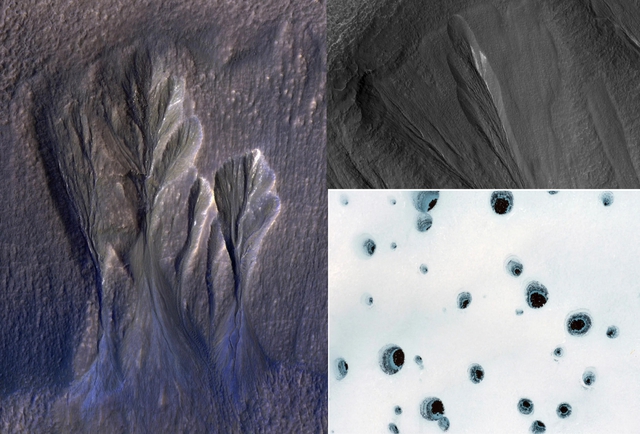
The Terra Sirenum (left) and Dao Vallis (top right) regions on Mars may contain cryoconite porous structures like Earth's icy Alaska region (bottom right) - Photo: NASA
Mars has two types of ice: water ice and carbon dioxide ice. The new study focused on the first.
Much of the water ice on Mars formed from snow mixed with dust that fell on the surface during a series of successive ice ages over millions of years, forming a dusty ice.
Although dust grains can obscure light in deeper layers of ice, they play an important role in explaining how underground pools of water can form in ice exposed to the Sun.
The black dust, which absorbs more sunlight than the surrounding ice, is likely causing the ice to warm and melt several dozen centimeters below the surface.
On the red planet, atmospheric effects make melting difficult on the surface, but these obstacles would not exist below the surface of a layer of dusty snow or glaciers.
On Earth, dust in ice can create cryoconite holes, small cavities that form in ice when wind-blown dust particles fall there, absorbing sunlight and melting deeper into the ice each summer.
Eventually, as these dust particles move further away from the sun's rays, they stop sinking but still generate enough heat to keep a pocket of meltwater around them.
These sacs could harbor a thriving ecosystem with simple life forms like bacteria.
Co-author Phil Christensen from Arizona State University in Tempe (USA), head of the THEMIS thermal imaging camera operation on NASA's Mars Odyssey orbiter, said he and his colleagues had discovered dusty water ice exposed in canyons on Mars.
In the new study, they suggest that in those places, dusty ice allows enough light for photosynthesis to occur 3 meters below the surface, where pockets of liquid water exist that are kept from evaporating by the ice layer above.
Among them, the region between latitudes 30 and 40 of Mars, in both the Northern and Southern hemispheres, will be the most potential search area.
Source: https://nld.com.vn/xac-dinh-noi-sinh-vat-song-co-the-dang-an-nap-tren-sao-hoa-196241023094027862.htm


![[Photo] Prime Minister Pham Minh Chinh chairs a meeting of the Government Standing Committee to remove obstacles for projects.](https://vphoto.vietnam.vn/thumb/1200x675/vietnam/resource/IMAGE/2025/10/06/1759768638313_dsc-9023-jpg.webp)





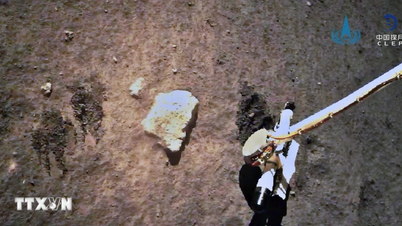

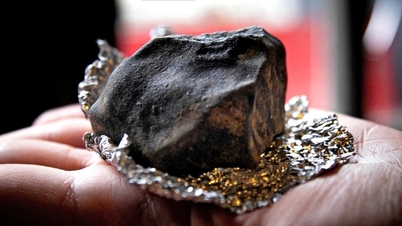


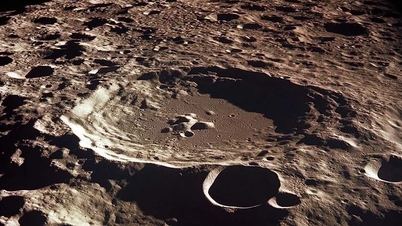






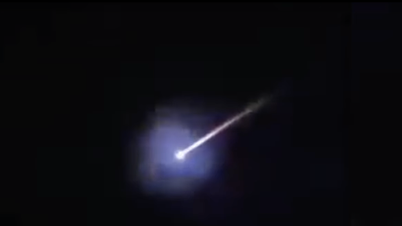
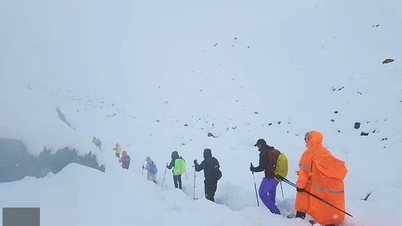

















































































Comment (0)